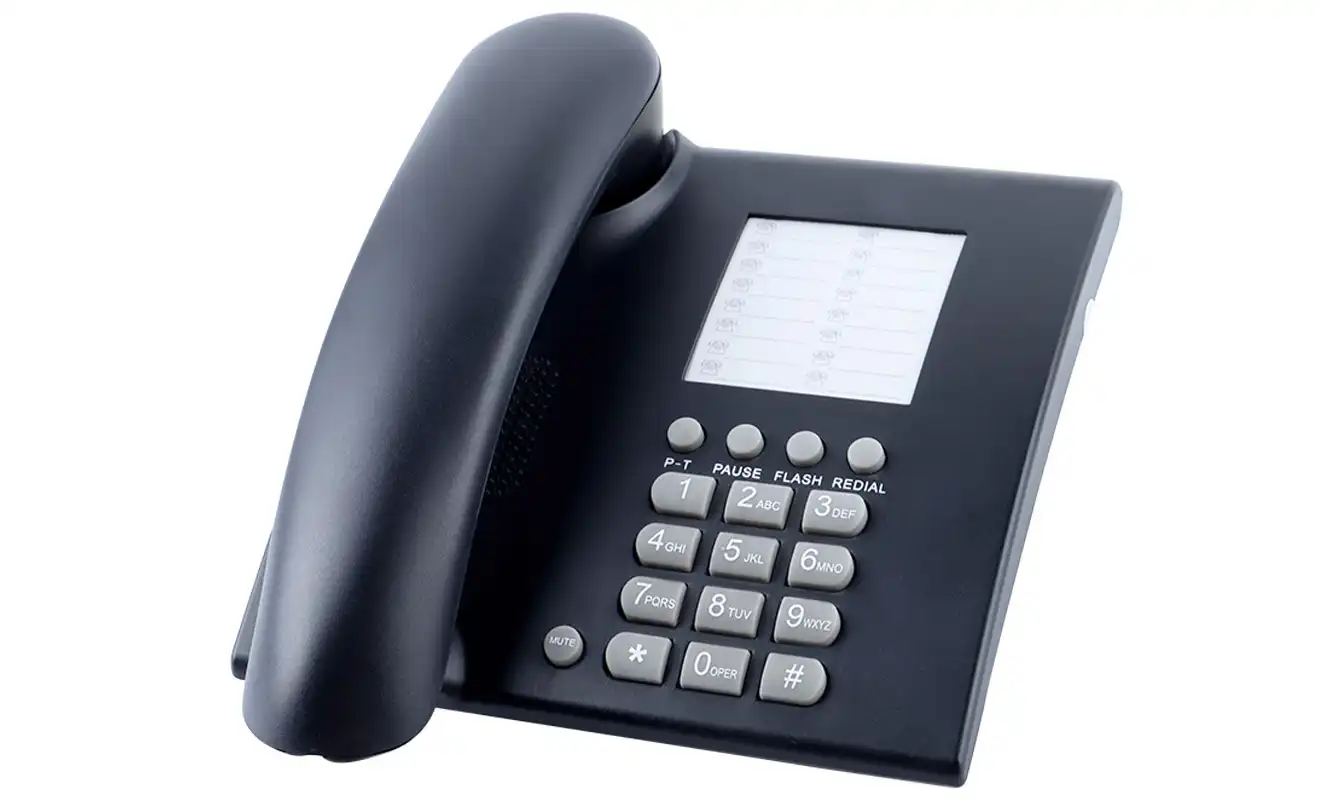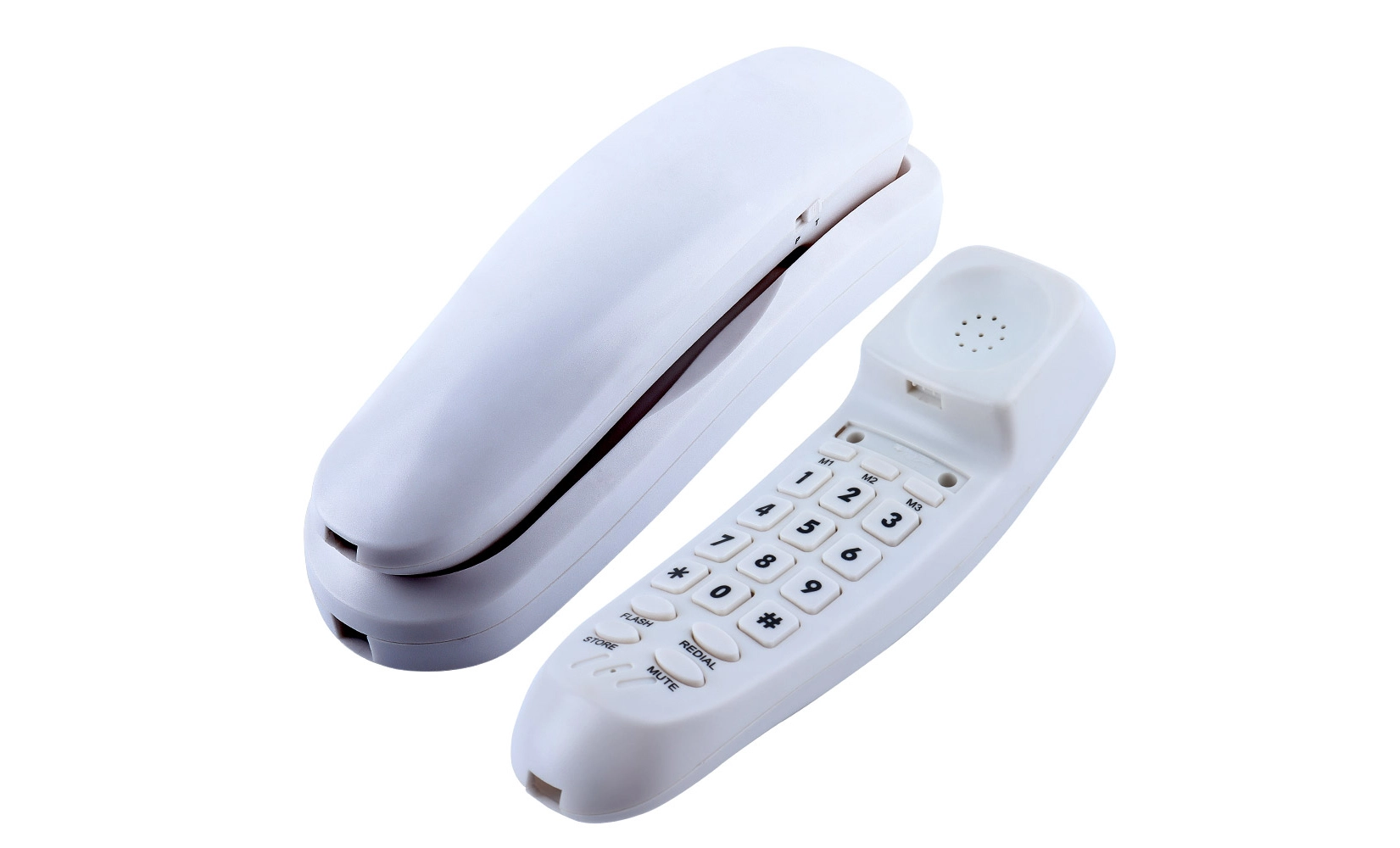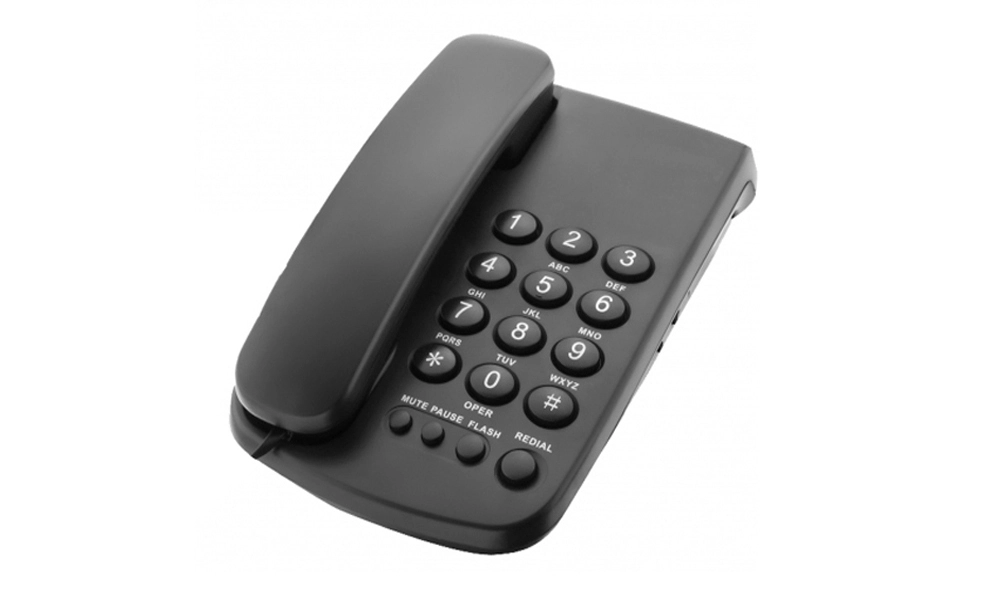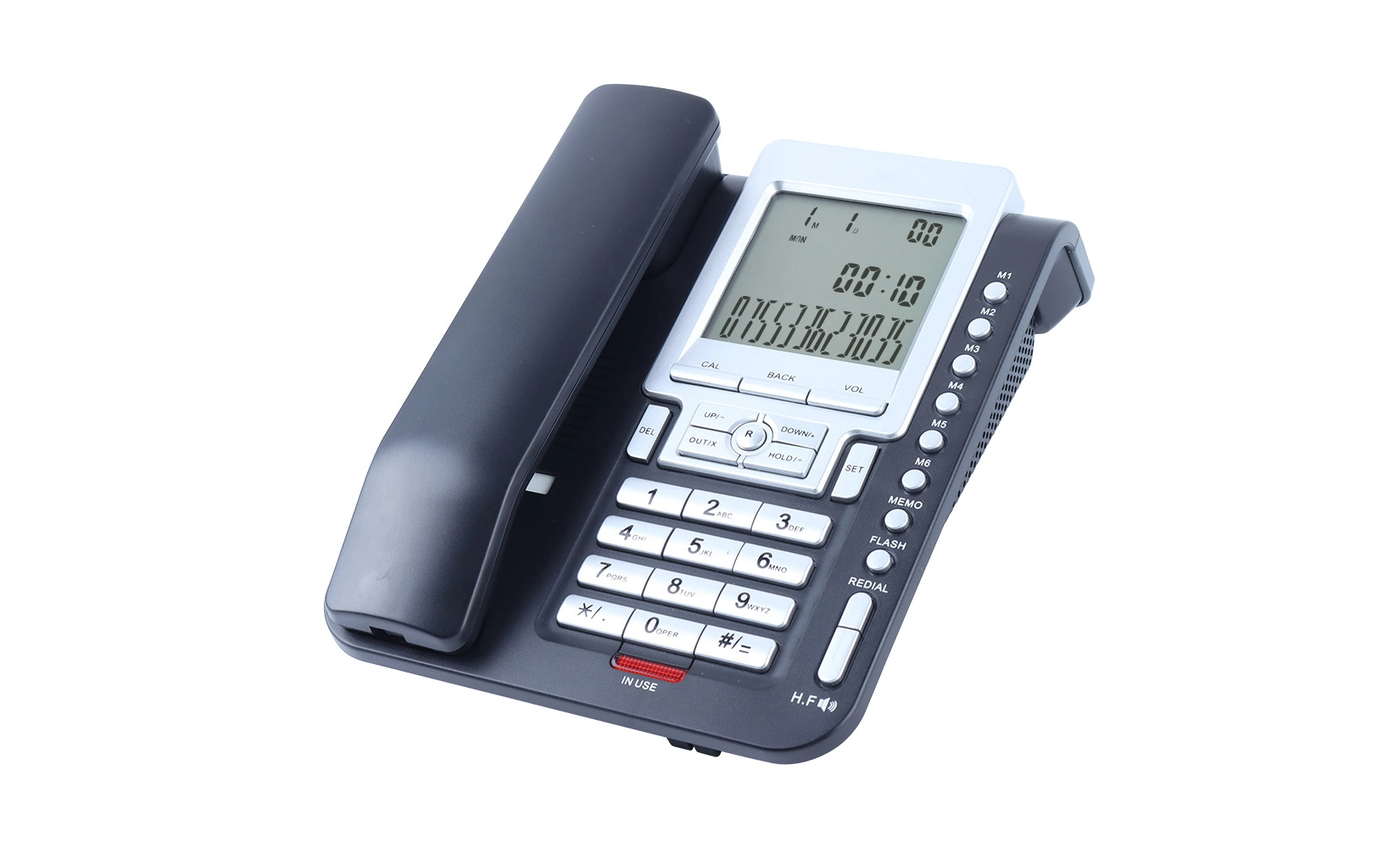Comprehending the Technology Behind Loud Telephones
Loud telephones represent a significant advancement in communication technology, especially for environments where noise is a constant challenge. These devices are not merely louder versions of standard phones; they incorporate sophisticated engineering to ensure clear communication in adverse conditions.
Amplification Systems
At the core of loud telephone technology lies powerful amplification systems. These systems are designed to boost the incoming audio signal to levels that can overcome ambient noise. Unlike simple volume controls, modern amplification in loud telephones is intelligently tuned to enhance speech frequencies while minimizing distortion. This selective amplification ensures that the voice remains clear and distinguishable, even when the volume is significantly increased.
Noise-Canceling Microphones
The microphone component of loud telephones is equally crucial. Advanced noise-canceling microphones are employed to isolate the speaker's voice from background noise. These microphones use sophisticated algorithms to differentiate between the desired voice signal and unwanted ambient sounds. By actively suppressing background noise, they ensure that the transmitted voice is clear and unobstructed, greatly improving the quality of communication in noisy environments.
Acoustic Echo Cancellation
Another key feature in many loud telephones is acoustic echo cancellation (AEC). This technology prevents the amplified sound from the speaker from being picked up by the microphone and re-transmitted, which could cause echoes or feedback. AEC algorithms continuously monitor the audio output and input, making real-time adjustments to maintain clear, echo-free communication, even at high volumes.
Performance Factors in Noisy Environments
The effectiveness of loud telephones in noisy environments depends on several key factors. Understanding these can help in selecting the most suitable device for specific noise conditions.
Sound Pressure Level (SPL) Output
The sound pressure level (SPL) output of a loud telephone is a critical measure of its performance. Typically measured in decibels (dB), the SPL indicates how much sound the phone can produce. For extremely noisy environments, phones with higher SPL outputs are necessary. However, it's important to balance this with safety considerations to prevent hearing damage from prolonged exposure to high volumes.
Frequency Response
The frequency response of a loud telephone is another crucial factor. Human speech typically falls within a specific frequency range, and loud telephones are engineered to emphasize these frequencies. By tailoring the frequency response, these phones can make speech more intelligible even when competing with industrial noise, which often occupies different frequency bands.
Directional Audio
Some advanced loud telephones incorporate directional audio technology. This feature focuses the sound output in a specific direction, typically towards the user's ear. By concentrating the audio, these phones can deliver clear sound to the listener while minimizing noise pollution in the surrounding area. This is particularly beneficial in environments where multiple loud telephones are in use simultaneously.
Applications and Use Cases
Loud telephones find applications across various industries and settings where clear communication is essential despite high noise levels.
Industrial Settings
In manufacturing plants, steel mills, and other industrial facilities, loud telephones are indispensable. These environments often have constant machinery noise that can reach dangerous levels. Loud telephones in these settings not only facilitate clear communication but also contribute to workplace safety by ensuring that important messages and alerts are heard.
Construction Sites
Construction sites present unique challenges with their dynamic and often unpredictable noise levels. Loud telephones used in these environments are typically ruggedized to withstand harsh conditions. They provide essential communication links between workers, supervisors, and safety personnel, ensuring that instructions and warnings are clearly conveyed despite the cacophony of construction activity.
Transportation Hubs
Airports, train stations, and busy ports rely on loud telephones to maintain effective communication. These high-traffic areas often have a constant din of announcements, vehicle  noise, and crowd chatter. Loud telephones in these settings help staff coordinate operations and respond to emergencies efficiently, cutting through the ambient noise to deliver clear messages.
noise, and crowd chatter. Loud telephones in these settings help staff coordinate operations and respond to emergencies efficiently, cutting through the ambient noise to deliver clear messages.
Conclusion
Loud telephones play a crucial role in maintaining effective communication in noisy environments. Through advanced technology and thoughtful design, these devices overcome the challenges posed by high-noise settings, ensuring that clear and intelligible communication remains possible. As workplaces continue to evolve and noise regulations become more stringent, the importance of loud telephones in industrial, construction, and high-traffic environments is likely to grow. The ongoing development of these specialized communication tools reflects a commitment to workplace safety, operational efficiency, and the fundamental need for clear communication in all environments.
FAQ
How much louder are loud telephones compared to standard phones?
Loud telephones can typically produce sound levels 20-30 dB higher than standard phones, with some models capable of even greater output.
Are loud telephones safe for long-term use?
When used as directed, loud telephones are designed to be safe. However, prolonged exposure to high volumes should be avoided to prevent hearing damage.
Can loud telephones work in extremely noisy environments like jet engine test facilities?
Specialized loud telephones are available for extremely high-noise environments, often incorporating additional protective features and even higher sound outputs.
Experience Clear Communication in Any Environment with CHEETA
At CHEETA, we specialize in crafting high-performance loud telephones that excel in the most challenging noise environments. Our state-of-the-art manufacturing facility in Shenzhen, spanning 1,200㎡, houses a team of 100+ skilled workers and 10 senior engineers dedicated to producing top-quality communication devices. With a daily output of 1,000 analog units and rigorous quality control measures, we ensure that each CHEETA loud telephone meets the highest standards of performance and reliability. Our commitment to innovation and customer satisfaction drives us to continuously refine our products, making CHEETA a trusted choice for clear communication in noisy industrial settings worldwide. For inquiries about our loud telephone solutions, contact us at allen@cheeta.com.cn.

References
1. Johnson, M. (2022). "Advancements in Loud Telephone Technology for Industrial Applications." Journal of Industrial Communications, 45(3), 112-128.
2. Smith, A. & Brown, T. (2021). "Noise Cancellation Techniques in Modern Telecommunication Devices." IEEE Transactions on Audio, Speech, and Language Processing, 29(8), 2245-2260.
3. Zhang, L. et al. (2023). "Performance Analysis of High-SPL Telephones in Extreme Noise Conditions." Applied Acoustics, 188, 108574.
4. Williams, R. (2020). "The Impact of Clear Communication on Workplace Safety: A Case Study of Loud Telephones in Construction." Safety Science, 130, 104896.
5. Patel, S. & Lee, K. (2022). "Ergonomic Considerations in the Design of Industrial Communication Devices." International Journal of Industrial Ergonomics, 89, 103269.
 Loud telephones
Loud telephones




